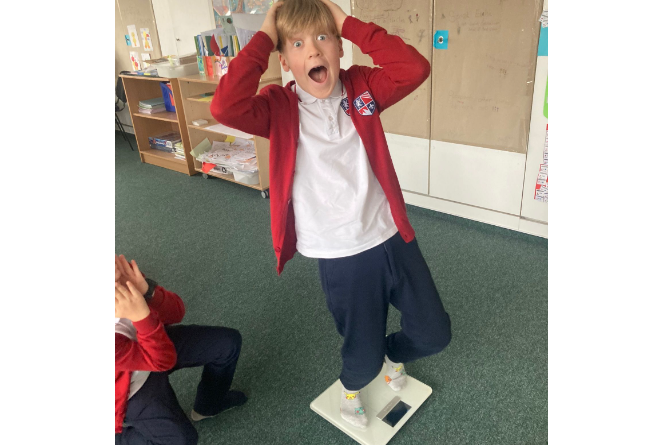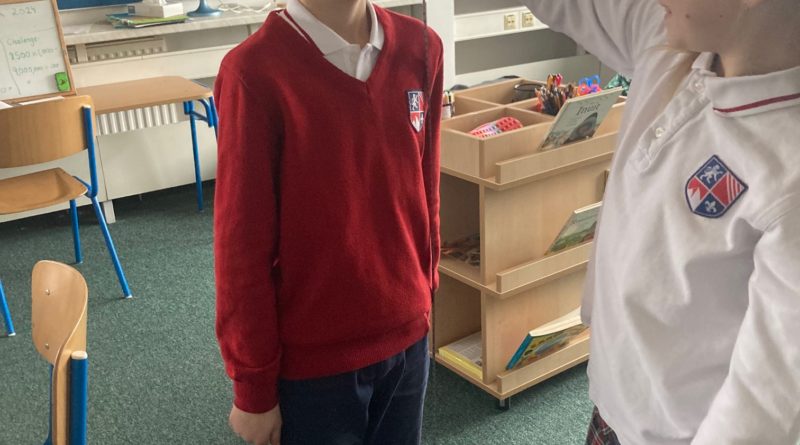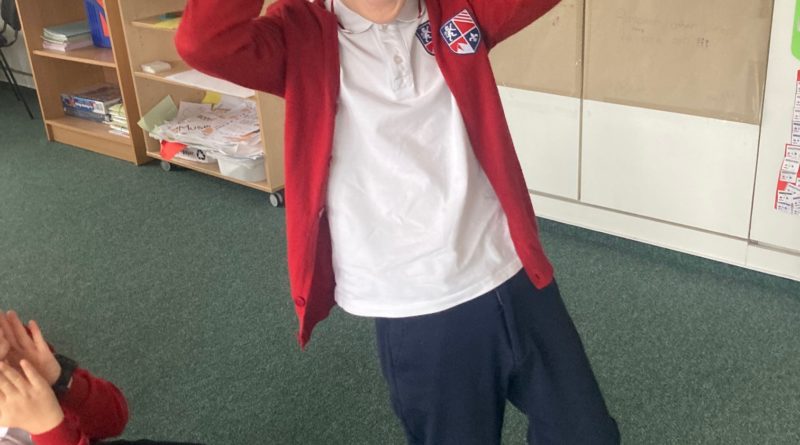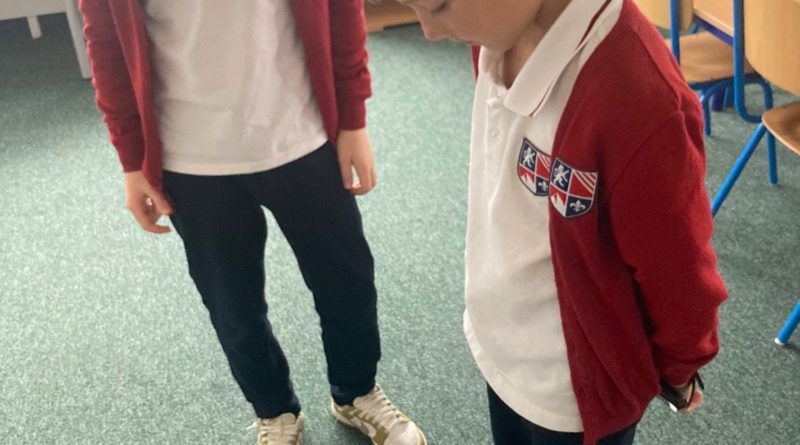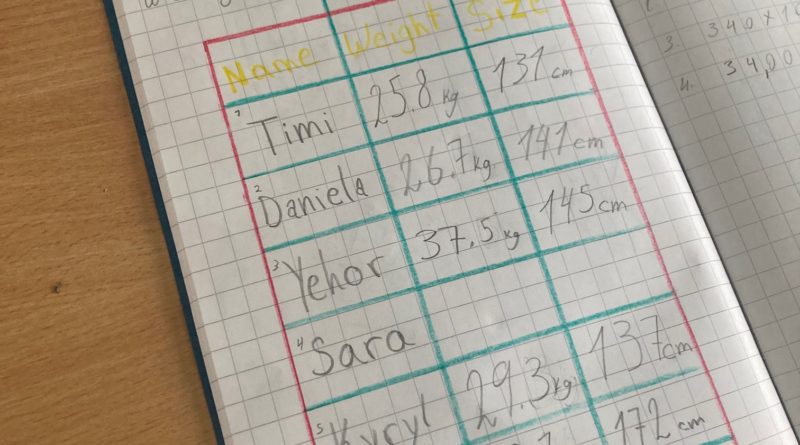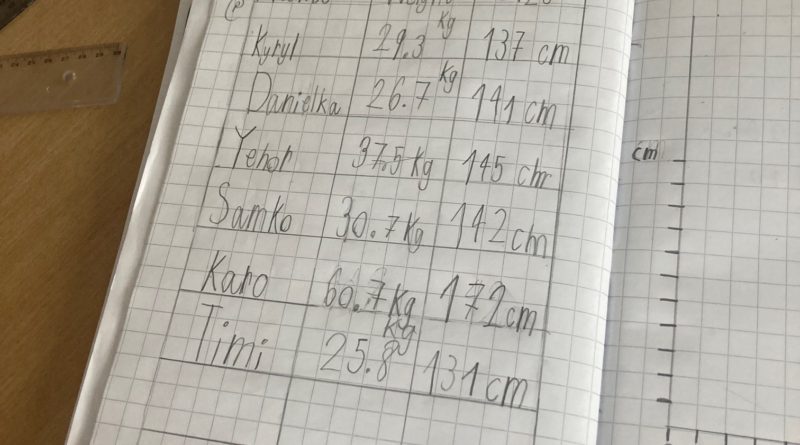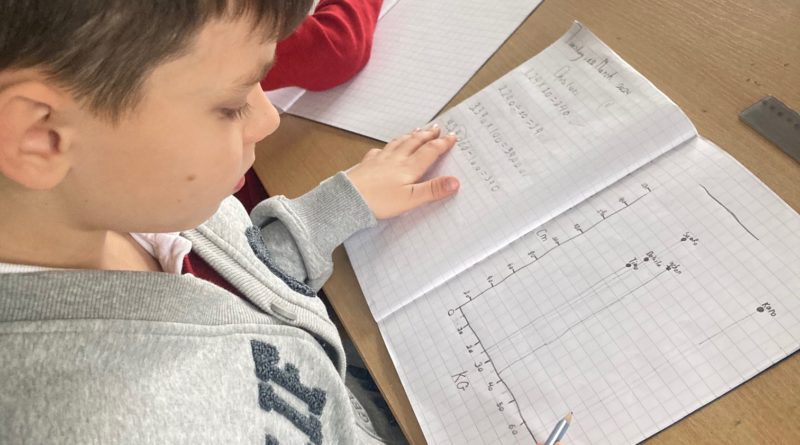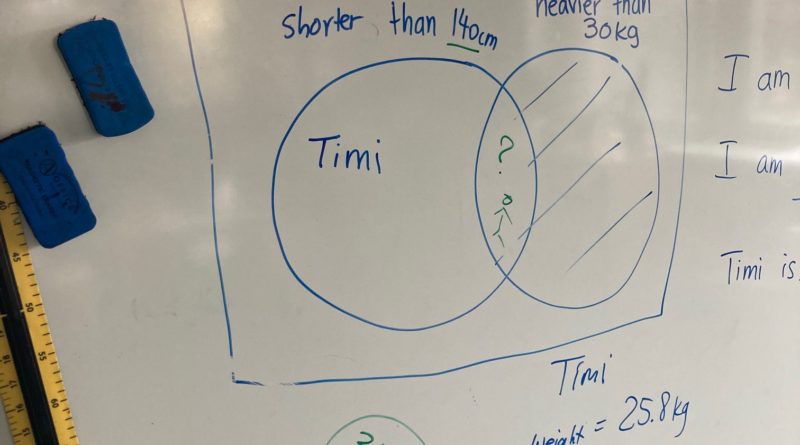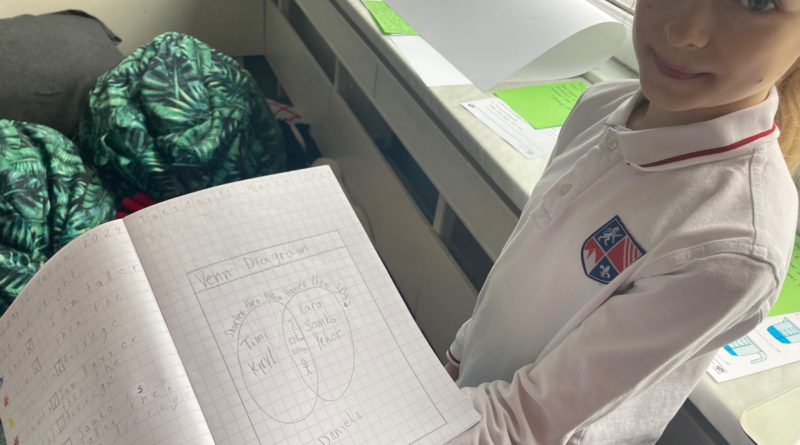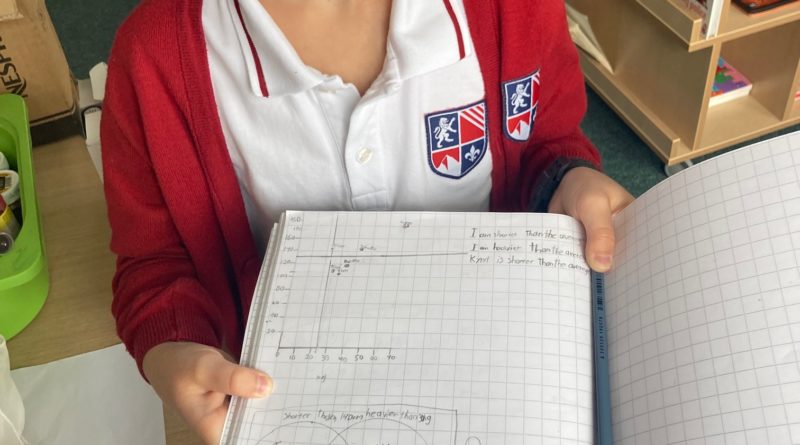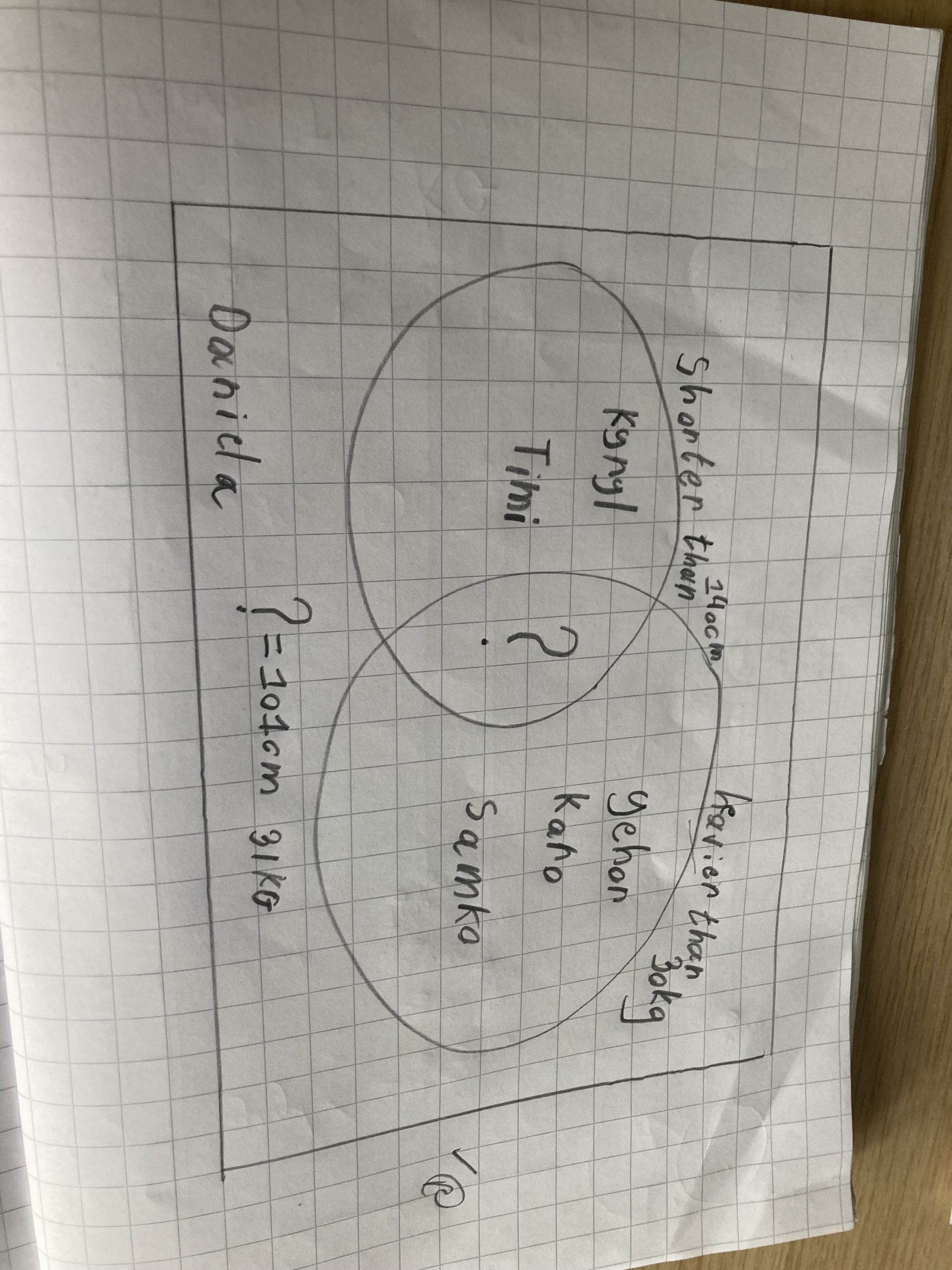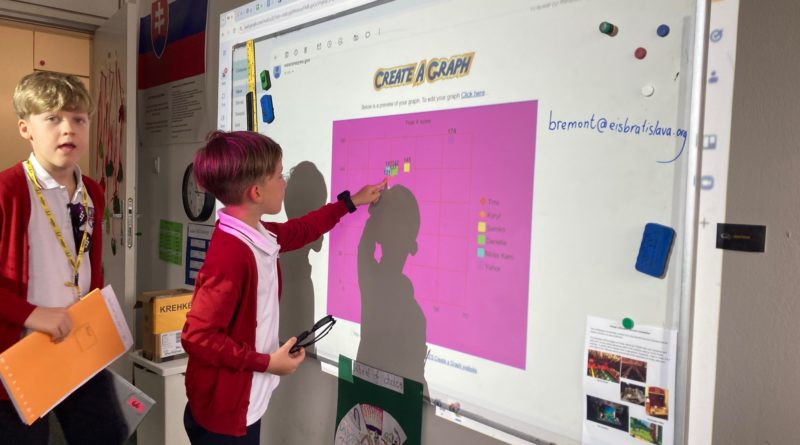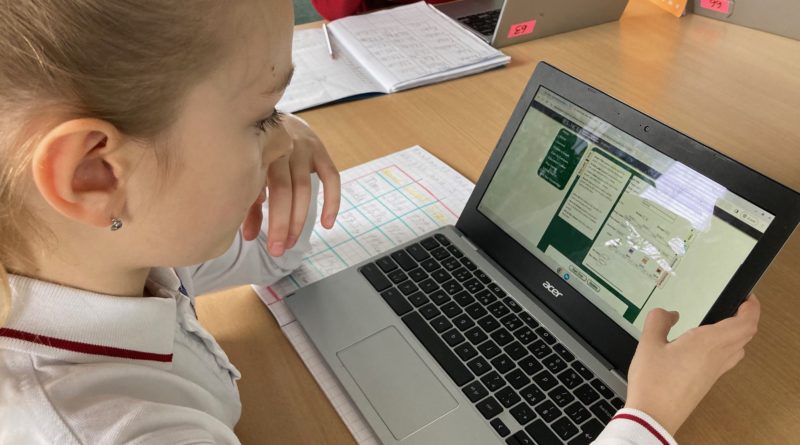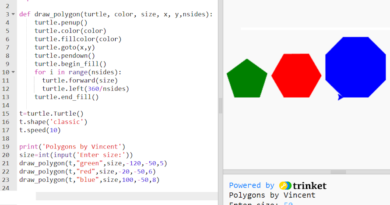Embracing Flexibility in Teaching: Letting Students Shape the Lesson.
As a PYP teacher at our project-based school, I recently had a delightful experience teaching measurements in mathematics that highlighted the importance of flexibility in lesson planning. The key takeaway? Sometimes, the best lessons emerge when we let students take the lead.
With only a general idea that measurements would be the focus, I brought a simple measuring tape and a scale to class. Little did I know that this seemingly unstructured approach would lead to a dynamic and engaging exploration of measurements, personalized to each student’s unique characteristics.
The class began with students measuring themselves, an activity that not only reinforced the practical aspect of measurements but also allowed them to connect mathematical concepts to their own bodies. The next step was plotting their measurements on an XY graph. Watching the excitement as they created their personal data points on the graph was truly inspiring.
Taking it a step further, we delved into a discussion on averages, prompting students to explore the national averages for height and weight. This not only brought real-world relevance to their measurements but also sparked discussions about individual differences and the diversity within our class.
To deepen their understanding, we revisited the Venn diagram, creating categories based on various criteria such as height and weight. Interestingly, one section of the Venn diagram remained empty, leading to a creative exercise where students collaboratively designed a fictional class member who would fill that unique space. This imaginative addition not only enhanced their understanding of the concept but also showcased the power of creativity in learning.
The integration of technology in the subsequent ICT class elevated the learning experience. Using a graphing website, students had the opportunity to apply their knowledge by plotting graphs, experimenting with different minimums and maximums to create clear and comprehensible visual representations. This hands-on experience not only reinforced their understanding of measurements but also honed their digital skills.
This unplanned journey through measurements reinforced the importance of allowing room for spontaneity and student-driven exploration in the classroom. By providing a foundation and allowing students to guide the direction of the lesson, we foster an environment where curiosity and creativity thrive. As teachers we often complain that students lack the ability to sustain their attention for longer periods of time. However, when students feel engaged, time “flies” and soon we reached a double lesson of full attention. That is an hour and 20 minutes! Long attention spans exist, and the good news for us as teachers, is that by letting go of controlling the class direction, content and learning process, we gain more attention from students. Win-win.
In retrospect, this teaching approach seamlessly aligns with the Universal Design for Learning (UDL) framework, which emphasizes providing multiple means of engagement, representation, action and expression. By incorporating diverse activities, such as hands-on measurements, creative Venn diagram exercises, and technology-based graphing, we naturally catered to the varied needs and preferences of our students. This flexibility not only promotes a more inclusive learning environment but also encourages students to take ownership of their learning experiences, promoting a deeper and more meaningful understanding of mathematical concepts.

